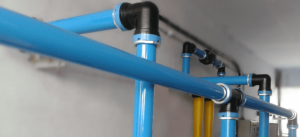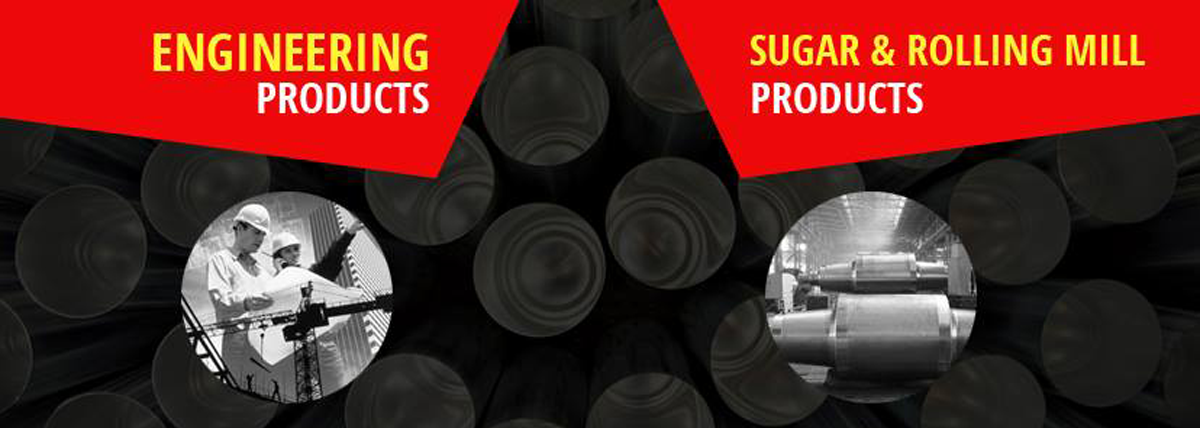
Ever thought of how water from the reservoirs, electricity from substations or gas from the rigs reaches us without getting leaked? The answer to this is the existence of robust engineering which fabricates sturdy encasement and seamless pipes.
A complex network of utility lines runs under and above the ground and the safety of which is guaranteed by suppliers of pipes of various materials, sizes and shapes. API 5I Gr x52 pipes, API 5I Gr x 60 pipes, API 5I Gr X 70 Pipes, ASTM A53 Grade B seamless pipes are just to name a few of the pipes. Established suppliers ensure adherence to international norms while moulding client specific pipes and provide economical piping solutions. What goes into the developing of such a robust piping network?
Types & Criteria for Raw Materials
Materials used by API 5I Gr x52 pipes suppliers, API 5I Gr x 60 pipes suppliers, API 5I Gr X 70 Pipes suppliers are carbon steel , stainless steel, other alloys. Raw material is carefully chosen to ensure they have permissible quantities of impurities. Their chemical composition is optimized for easy moulding. Stringent quality checks are carried out on raw materials. They are available in circular, rectangular, square, etc. shapes. Temperature, deep well service, etc. are also considered while choosing the material.
Fabrication
The various steps involved in fabrication of pipes are:
- Raw steel is a cast into a starting form.
- It is then welded into a ribbon.
- This is followed by pulling it through drilled holes or jacking into segments.
- They are connected by welding or threading.
- The ends are sealed with caps.
- They are then mounted into casings with spacers.
Properties of the Material
Materials chosen are resistant to corrosion, oxidation, abrasion, etc.
High collapse material is chosen as per area of application which improves the endurance of the utility lines. Materials used ensure safety of the persons and also the product.
Parameters that are taken into Consideration
Various parameters like the yield, tensile strength, weld ability, durability are being considered during the manufacture of the pipes. Depending on these parameters the pipes are graded into different categories.
Installation
Area of application is of prime importance to carry out successful installation. Operational performance of the product is verified. Adequate labelling and colour differentiation is provided to distinguish number of utility lines from the network.
Training and documentation
Along with all of the above, the veterans in the field of engineering solutions provide the clients with appropriate manuals, training and on-site support to complete the technology transfer.
Audits
The piping experts also aid the customers in carrying out audits of the piping network. This guarantees continuous performance as per the standards and offers room for improvement.
Summarizing
The network of utility lines is required all across industries such as food industry, automotive, power plants, oil and gas refineries, aircraft construction, chemical making plants, etc. Looking at the systematic approach by the fabricators while designing customer specific pipes one can be assured of the safety and durability of the product.

